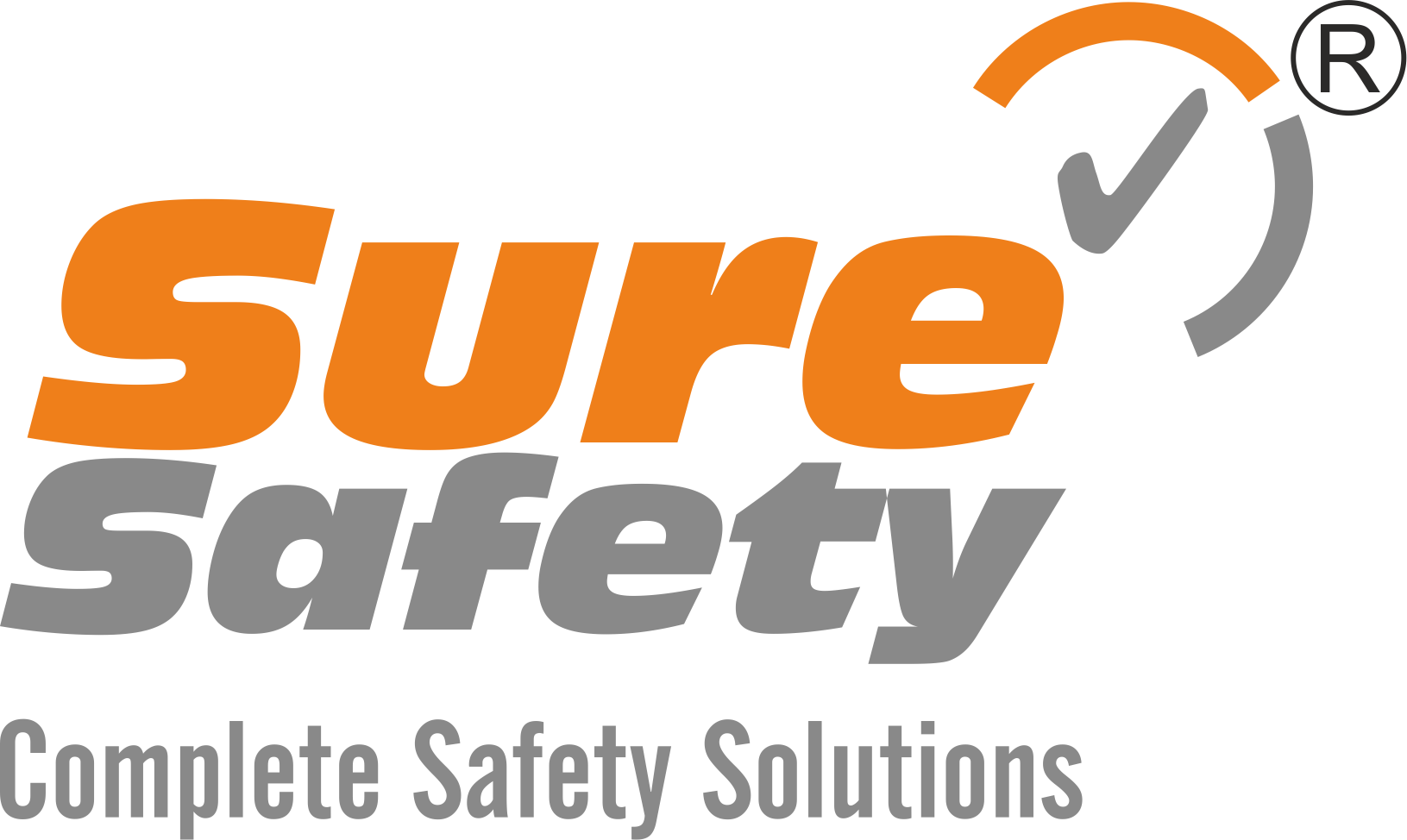PPE Audit
PPE is equipment worn by a worker to minimize exposure to specific occupational hazards. Examples of PPE include respirators, gloves, aprons, fall protection, and full body suits, as well as head, eye and foot protection. Using PPE is only one element in a complete safety program that would use a variety of strategies to maintain a safe and healthy occupational environment. PPE does not reduce the hazard itself nor does it guarantee permanent or total protection. Hazards exist in every workplace so strategies to protect workers are essential. The priority should be the elimination and control of hazards at their source or along the path between the source and the worker. Many methods are available, and those most appropriate to the specific situation should be used.
Controlling a hazard at its source should be the first choice because this method will eliminate it from the workplace altogether or isolate it from the worker. This approach may require substitution of a material with nonhazardous ones, isolation of hazards, addition of safety features to existing equipment, redesign of the work processes, or purchase of new equipment. When the hazard cannot be removed or controlled adequately, Personal Protective Equipment (PPE) may be used if the work process is to continue.
SSIPL’s PPE program is a comprehensive stepwise approach towards correct selection, usage and maintenance of PPEs. It requires commitment and active participation at the planning, development, and implementation stages from all levels: senior management, supervisors, and workers. SSIPL’s PPE program consists of these essential elements:
- Workplace survey
- Selection of appropriate controls
- Selection of appropriate PPE
- Fitting
- Training
- Management support
- Maintenance
- Auditing of the program









